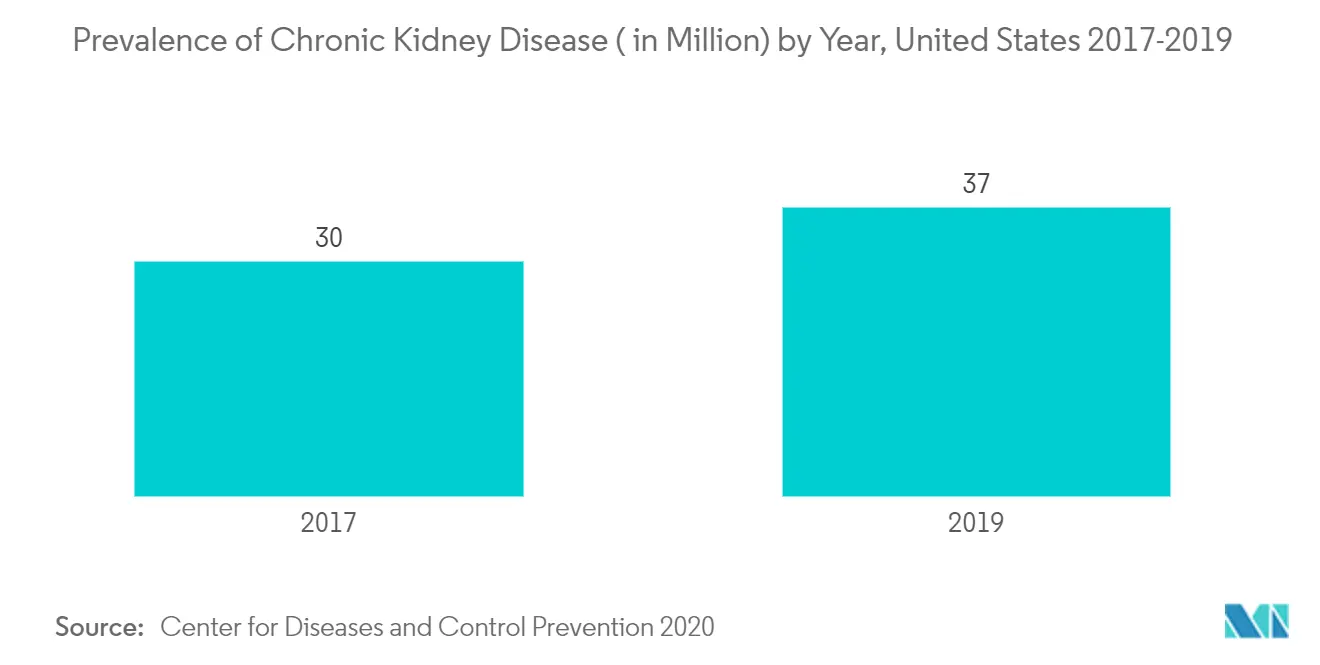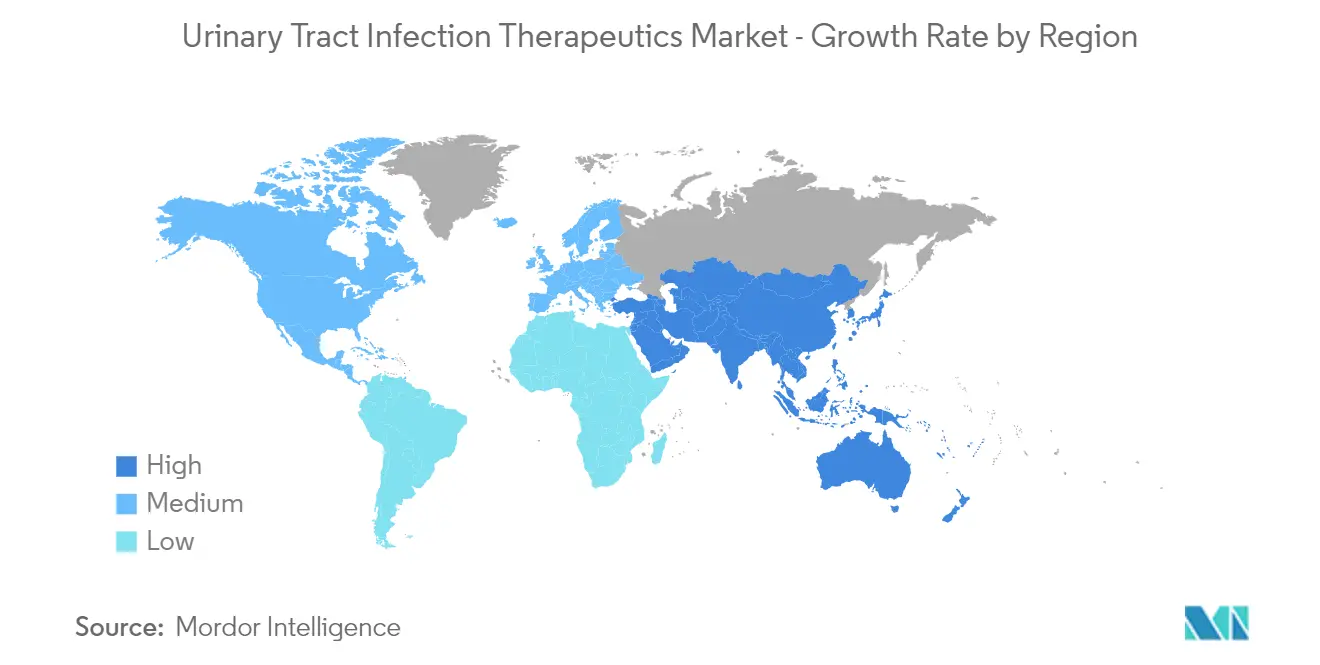Market Trends of Urinary Tract Infection Therapeutics Industry
This section covers the major market trends shaping the Urinary Tract Infection Therapeutics Market according to our research experts:
Complicated UTIs Segment Expected to Hold a Major Share in the Urinary Tract Infection Therapeutics Market
The prevalence of complicated UTIs is expected to increase in the future, owing to the rise in drug-resistant bacteria and excessive use of antibiotics. A vast majority of physicians prescribe quinolones to treat complicated UTI cases. Cephalosporin is the second-most common drug prescribed for complicated UTI cases.
According to an article published in the International Journal of Molecular medicine in 2020, kidney stone disease, also known as nephrolithiasis or urolithiasis, is one of medicine's oldest diseases. It is estimated that 11% of people will develop kidney stones at some point in their lives, and the prevalence and incidence of kidney stones are increasing worldwide. However, the overall prevalence of urolithiasis was 11.2%, with 48.8% of those surveyed having a first-degree relative with the disease. Males were 1.8 times more likely than females to have urolithiasis. Overall, the prevalence of complicated UTIs is set to increase during the forecast period, mainly owing to the increasing bacterial resistance in UTI cases and the rise in recurrence rate for UTIs.
However, increasing approvals from the US Food and Drug Administration and product launches by key players are expected to boost the market. For instance, in July 2019, the US Food and Drug Administration approved Merck and Company's Recarbrio (imipenem, cilastatin, and relebactam), an antibacterial drug product to treat adults with complicated urinary tract infections (cUTI) and complicated intra-abdominal infections (cIAI).
Thus, all aforementioned factors such as rising prevalence of cUTIs and increasing product launches are expected to boost the segment over the forecast period.

North America Expected to Hold Significant Market Share in the Forecast Period
The region is experiencing a drastic increase in innovations related to diagnostic methodologies used for UTIs. According to the article published in Infectious Diseases Society of America in November 2020, by Pranita D. Tamma, during a routine checkup for a UTI, a woman was observed to be infected by E. coli that showed resistance to the last-resort antibiotic, Colistin. The discovery of Colistin-resistant bacteria was considered a major issue. In addition to that, the CDC, in collaboration with other organizations, developed guidelines for preventing catheter-associated UTIs and other healthcare-associated infections in the US. Furthermore, the Queensland Pediatric Factsheet 2019 estimated that approximately 1 in 10 girls and 1 in 50 boys would suffer from a urinary tract infection by seven years of age. Infections in children under one year are more common in boys, but in older children, infections are more common in girls.
Additionally, according to a study published in Therapeutic Advances in Urology in May 2019 titled, "An Introduction to the Epidemiology and Burden of Urinary Tract Infections," urinary tract infections (UTIs) are the most common outpatient infections in adult women, with a lifetime prevalence of 50-60%. UTIs are a substantial societal and personal burden, with UTIs accounting for a significant number of medical visits in the US each year. This condition is expected to drive the market by increasing the sales of urinary tract infection medicines.
Furthermore, research and development of novel classes of antibiotics for urinary tract infections are expected to aid in market growth. In August 2020, for example, researchers at California Polytechnic State University announced the development of a new class of antibiotics for urinary tract infections that target bacterial iron acquisition.
Thus, all aforementioned factors are expected to boost the market in the region over the forecast period.


